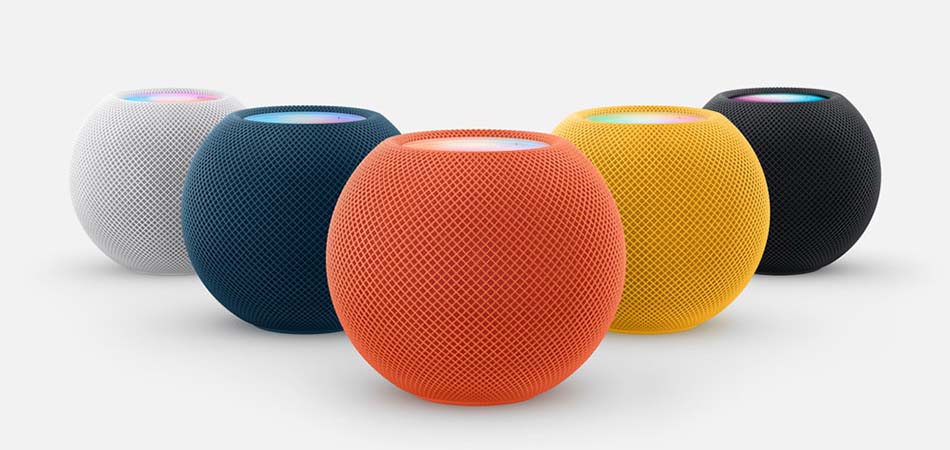Apple has launched its new MacBook Pro powered by its new chips, the M1 Pro and M1 Max.
The new MacBook Pro includes a Liquid Retina XDR display, a wide range of ports for advanced connectivity, a 1080p FaceTime HD camera, and an improved audio system.
The new devices run on macOS Monterey, which is engineered to take advantage of M1 Pro and M1 Max.
“We set out to create the world’s best pro notebook, and today we’re excited to introduce the all-new MacBook Pro with M1 Pro and M1 Max — a game-changing combination of phenomenal performance, unrivaled battery life, and groundbreaking features,” says Greg Joswiak, Apple’s senior vice president of worldwide marketing.
“The all-new MacBook Pro adds a breathtaking XDR display, more ports like MagSafe 3, an advanced 1080p camera, and a sensational six-speaker sound system, all in a stunning new design. The new MacBook Pro simply has no equal and is by far the best pro notebook we’ve ever built.”
MacBook Pro with M1 Pro and M1 Max applies a system-on-a-chip (SoC) architecture to pro systems for the first time, featuring fast unified memory and increased memory bandwidth to improve performance per watt and power efficiency.
M1 Pro features an up-to-10-core CPU with eight high-performance cores and two high-efficiency cores, along with an up-to-16-core GPU. It delivers up to 70% faster CPU performance than M1, and up to twice the GPU performance.
M1 Pro also delivers up to 200Gbps of memory bandwidth — nearly three-times the bandwidth of M1 — and supports up to 32Gb of fast unified memory. It adds a ProRes accelerator in the media engine, for fast and power-efficient video processing.
M1 Max features the same 10-core CPU as M1 Pro, and doubles the GPU with up to a massive 32 cores for up to four-times faster GPU performance than M1.
It also has up to 400Gbps of memory bandwidth — double that of M1 Pro and nearly six-times that of M1 — and up to 64Gb of fast unified memory.
M1 Max also offers an enhanced media engine that features two ProRes accelerators for multi-stream performance.
 Apples also launched its third generation of AirPods featuring spatial audio. Combining the H1 chip with an Apple-designed acoustic system, the new AirPods use computational audio to deliver better sound with Adaptive EQ.
Apples also launched its third generation of AirPods featuring spatial audio. Combining the H1 chip with an Apple-designed acoustic system, the new AirPods use computational audio to deliver better sound with Adaptive EQ.
Users can experience spatial audio featuring Dolby Atmos along with dynamic head tracking, across Apple devices.
The new AirPods are resistant to sweat and water, and feature a force sensor for easy and intuitive control of music and phone calls. The extended battery life enables up to six hours of listening time and up to 30 hours of total listening time with the charging case.
The company added to the new lineup with the HomePod mini in yellow, orange or blue.
At just 3,3-inches tall, HomePod mini includes Siri as well as smart home capabilities, with privacy and security built in.
Its integration across Apple’s products and services make HomePod mini the smart speaker of choice for Apple users.


